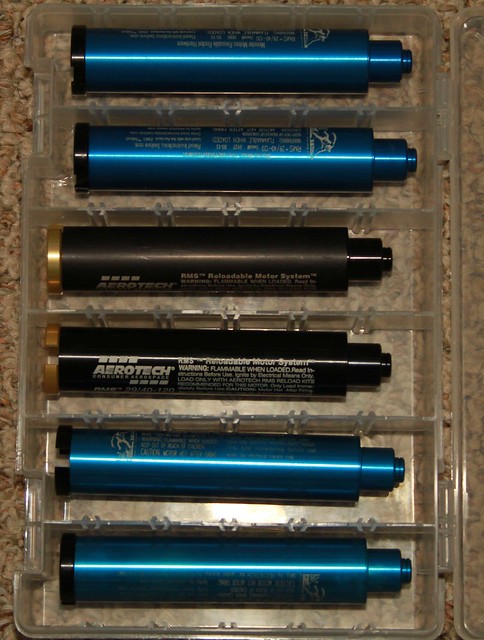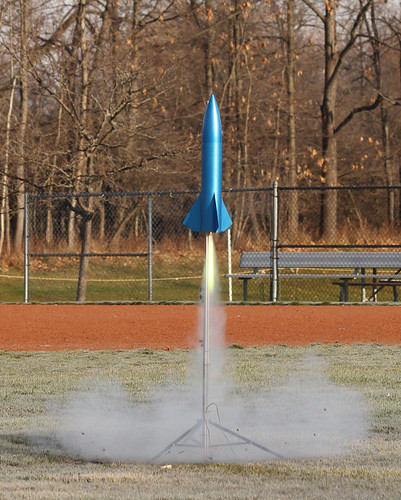Another new guy here. Never personally seen a rocket launch but now there's one spread across the dining room table.
I wish I had found this web site before choosing a first rocket ....but here I am.
Question: does this rocket need a rod or launch rails?
Yesterday I found this comment on the Apogee Components https://www.apogeerockets.com/Rocket_Kits/Skill_Level_3_Kits/G-Force web site:
"A Note About the G-Force - This kit pushes the limits of "mid-power" rocketry. Aerotech says it will fly on the Mantis Launch Pad, but based on simulations, even the G80 will be underpowered leaving the rod. We recommend either purchasing a longer rod from a hardware store, or modifying the kit to fly off a launch rail (this would require adding rail buttons).
If you add rail buttons and launch it off an 8ft rail instead, you can use a wider selection of G motors to safely fly it."
I don't completely understand this comment. I realize that upon launch the rocket needs to reach a certain velocity before the fins can be expected to provide stability in the direction of flight, however why is the seller saying a G80 (powerful) motor is not enough?
When I looked at the rocket in https://www.rocketreviews.com/aerotech-aerospace-g-force--by-dan-schneider.html almost everyone was happy with a G40-4 for a first flight. I ordered a Aerotech RMS Motor Case 29mm with a G-53- motor reload kit to avoid hazmat mailing fees (no hobby shops in my area). I have a bicycle repair stand that is pretty sturdy (can support 100 lbs) that I was planning on adapting to a launch pad by finding a long rod at the hardware store. My hips are old so I wanted the rocket up off the ground to avoid crawling around in the wet dew covered grass to hook up the igniter. I picked G-force because I have trouble seeing small parts and pieces and need glasses. Thank you.

I wish I had found this web site before choosing a first rocket ....but here I am.
Question: does this rocket need a rod or launch rails?
Yesterday I found this comment on the Apogee Components https://www.apogeerockets.com/Rocket_Kits/Skill_Level_3_Kits/G-Force web site:
"A Note About the G-Force - This kit pushes the limits of "mid-power" rocketry. Aerotech says it will fly on the Mantis Launch Pad, but based on simulations, even the G80 will be underpowered leaving the rod. We recommend either purchasing a longer rod from a hardware store, or modifying the kit to fly off a launch rail (this would require adding rail buttons).
If you add rail buttons and launch it off an 8ft rail instead, you can use a wider selection of G motors to safely fly it."
I don't completely understand this comment. I realize that upon launch the rocket needs to reach a certain velocity before the fins can be expected to provide stability in the direction of flight, however why is the seller saying a G80 (powerful) motor is not enough?
When I looked at the rocket in https://www.rocketreviews.com/aerotech-aerospace-g-force--by-dan-schneider.html almost everyone was happy with a G40-4 for a first flight. I ordered a Aerotech RMS Motor Case 29mm with a G-53- motor reload kit to avoid hazmat mailing fees (no hobby shops in my area). I have a bicycle repair stand that is pretty sturdy (can support 100 lbs) that I was planning on adapting to a launch pad by finding a long rod at the hardware store. My hips are old so I wanted the rocket up off the ground to avoid crawling around in the wet dew covered grass to hook up the igniter. I picked G-force because I have trouble seeing small parts and pieces and need glasses. Thank you.

Last edited:













